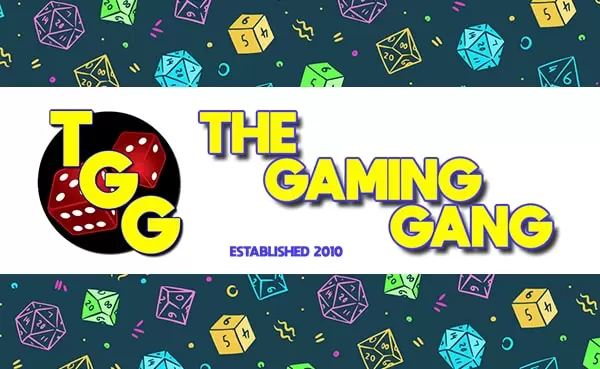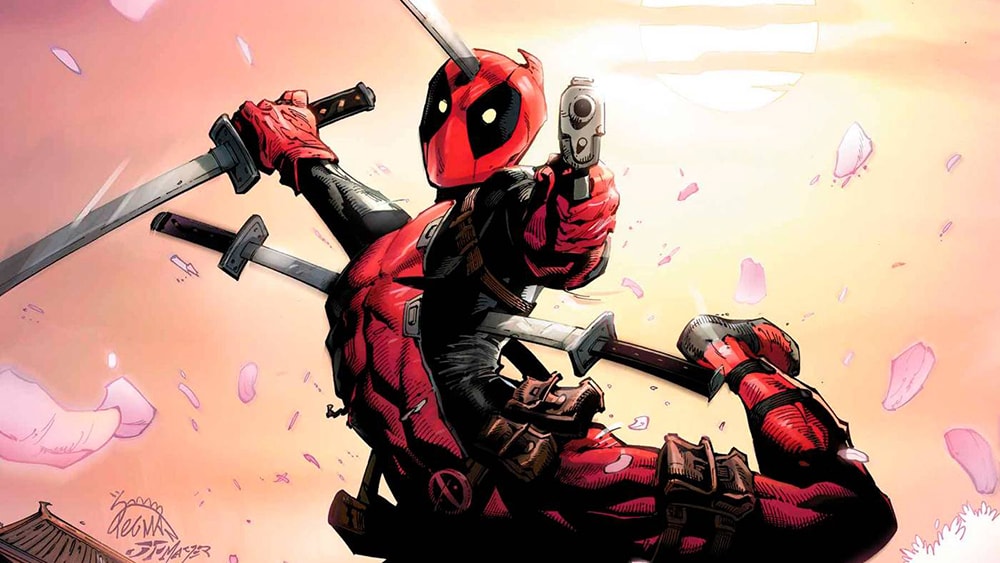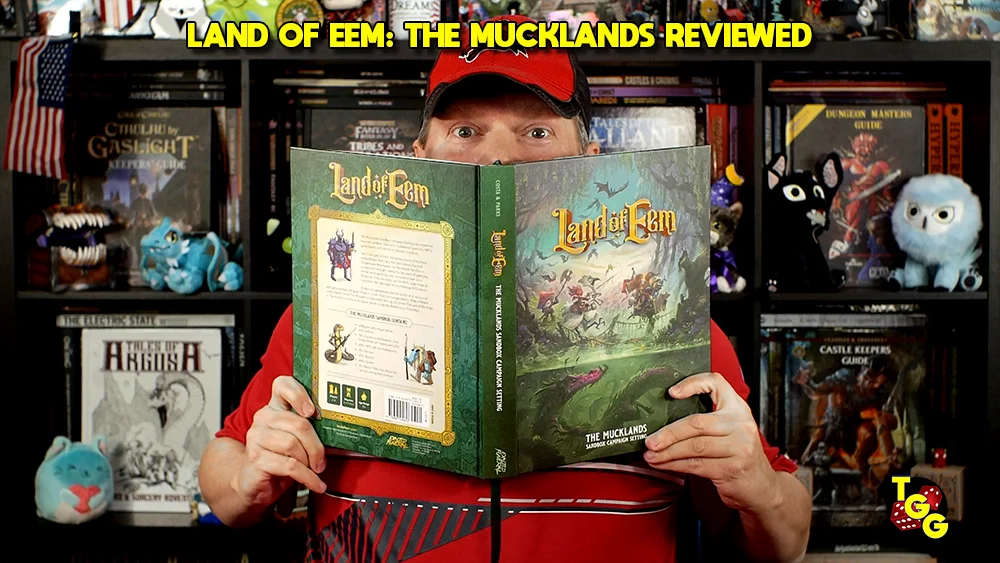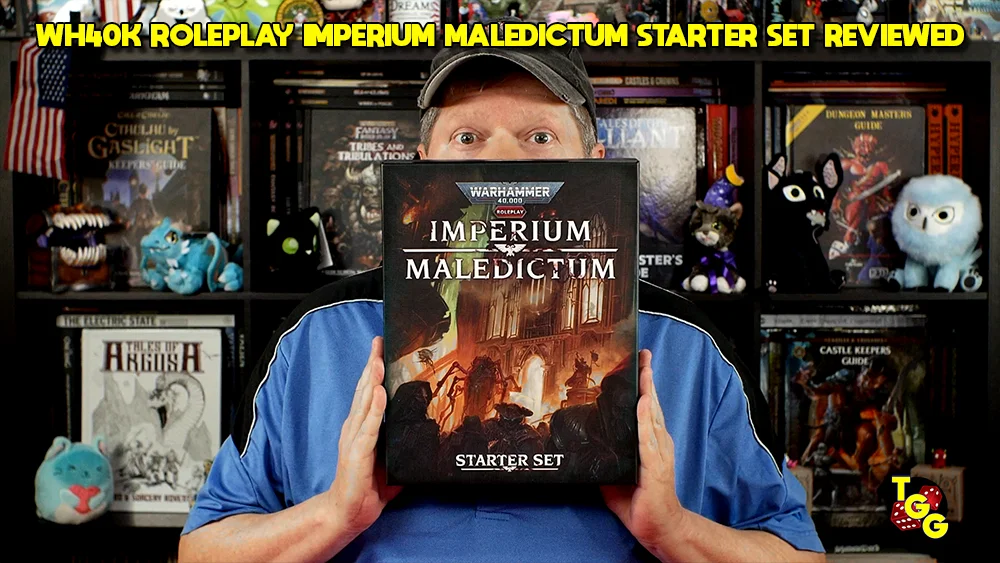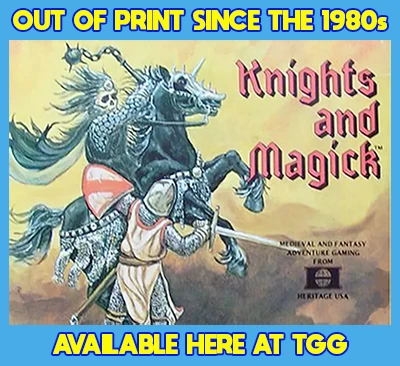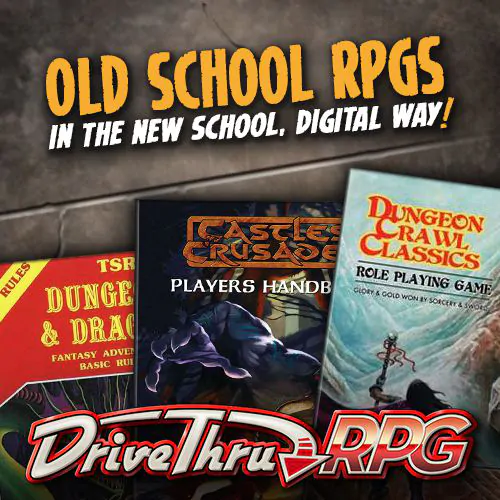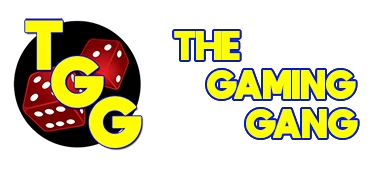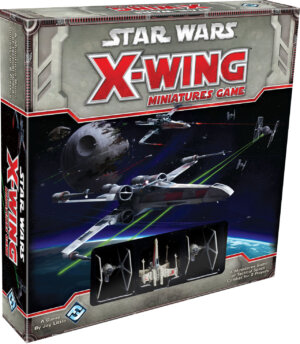
Publisher: Fantasy Flight Games
Designer: Jason Little
Year: 2012
Players: 2
Ages: 14+
Playing Time: 20 Minutes
Retail Price: $39.95
Category: Tactical Space Miniatures Game
Components:
- 3 Painted Plastic Ships – 2 TIE Fighters, 1 X-Wing
- 3 Bases
- 6 Peg Stands
- 8 Ship Tokens
- 11 Maneuver Templates
- 3 Maneuver Dials
- 19 Action Tokens
- 6 Asteroid Tokens
- 35 Other Tokens
- 51 Cards
- 6 Dice (3 Attack, 3 Defense)
- 1 Range Ruler
- Rules
- Quick Start Rulebook
From Fantasy Flight Games:
X-Wing is a tactical ship-to-ship combat game in which players take control of powerful Rebel X-wings and nimble Imperial TIE fighters, facing them against each other in fast-paced space combat. Featuring stunningly detailed and painted miniatures, X-Wing recreates exciting Star Wars space combat throughout its several included scenarios. Select your crew, plan your maneuvers, and complete your mission!
The X-Wing starter set includes everything you need to begin your battles, such as scenarios, cards, and fully assembled and painted ships. What’s more, X-Wing’s quick-to-learn ruleset establishes the foundation for a system that can be expanded with your favorite ships and characters from the Star Wars universe.
The Star Wars: X-Wing Miniatures Game is the first space dogfight miniatures game that I’ve played in a long while. The 
All of the components are high quality with original artwork, but what stands out are the models. There are three included with the base set. Two TIE Fighters, and one X-Wing. These are of sturdy plastic, detailed, and painted. All of the models to be released are to scale based upon original Lucasfilm documentation. It seems to be a little light having only three models in the game, but actually it is the best deal out there as each individual model from Fantasy Flight Games runs about $15.00. If you are serious about getting into X-Wing, I’d recommend picking up two core sets off the bat. You’ll have the advantage of having two sets of everything and be able to play some larger games, as playing with just the three models would get kind of boring after a while.
You might think that $15.00 a miniature is pretty steep, and it’s true that it isn’t cheap, but for me I thought it was worth it. I already bought one of each expansion, and plan on picking up a second core set. I like the detailed, painted minis and I’m a big Star Wars fan. If the price point is too high for you then don’t get into it.
The models get attached to a clear plastic base with two plastic rods that click together, each about an inch long. The game comes with different pilot tokens that fit onto the base, so that you could have Luke flying an X-Wing against his father. Each pilot token shows the vital stats for the pilot, and the sweep angles of their weapons. The base also has slots for number tokens, to give designations to each individual ship, and nubs on the front and back to fit onto the movement templates.
The pilots also have cards that provide complete information on the pilot and his craft, and for each model that you have you will also have a movement dial. This movement dial is a smaller version of the dials that you have seen in a lot of FFG games lately. Any new model that you purchase will come with its own dial, tokens, and cards. You use the dial to select your maneuver in secret at the beginning of each turn. When it is your turn to move you will choose the movement template that matched the maneuver that you picked and place it against the front of your ship, move your ship along the template to the other end to complete your move.
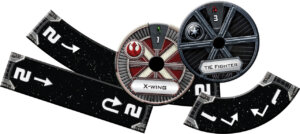
You can either play one of the three missions included in the rulebook, or make up your own. The ones included are pretty good and help to get your juices flowing for creating your own missions. To do this each side would be given the same amount of points to spend in purchasing ships, pilots, and upgrades, then set up your ships, come up with some goals (which can be as simple as last side standing wins), and start flying at each other.
Each turn has several phases. First all of the players select a maneuver on their dials for each ship and place it face down next to the ship. Then each player reveals their moves, and proceed to move their ships in order from lowest to highest for pilot ratings listed on the pilot card and ship base. In effect, the least experienced pilots move first. After a ship moves, they can take one action, and again the available actions are based upon the capabilities of the ship. Target locking, focusing, evading, and a barrel-roll are all examples of actions.
Next comes combat. This happens in the reverse order from movement, where the more experienced pilot goes first. You’ll roll a certain number of attack dice listed on your ship card for your primary weapon. You might also have a secondary weapon that you purchased during setup, so you could fire that instead. You could roll one or more hits or critical hits, and you can modify your die roll based upon certain abilities or actions that you took. The defender then rolls their defense dice, which can also be modified, and each evade result you get cancels one hit. Any hit that you can’t cancel will first strike your shields (if you have any). Once the shields are gone, each hit goes to the hull. All ships have a hull value and if you take that many hits the ship is destroyed.
Every time you take a hit, you take a card from the damage deck and place it on your ship card to track how many hits you have received. If you take a critical hit, you draw a card from the deck and follow the instructions on the face of the card. It’s actually a unique way of assigning critical hits and I like it. You might take extra damage, or lose movement, or your weapons, or something else that is bad. It adds a lot to the theme of the game.
After combat is the end turn phase where something can happen from time to time, and then you move to the next turn. This continues until one side or the other wins. The game length will depend upon the number of ships involved, but with the ones included I didn’t have a combat last more than a half hour. It plays fast and fun.
If I have one criticism for the game, it is that it is very two dimensionally based. Space combat, heck aerial combat in general is a three dimensional affair. In years past in games of Dawn Patrol, altitude was represented by mounting the aircraft on telescoping antennas. Even today in games like Wings of Glory, altitude makes a difference. You can use different number of poles in the stands for the models to represent the different altitudes of the aircraft. By altitude in 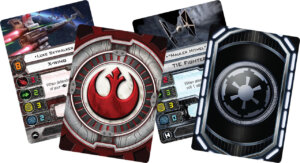
However, I’m nitpicking. As I said, it isn’t necessary and would probably hurt more than help, but people are clamoring to be able to buy extra poles for the ships, as you can use extra poles to give the appearance of differing altitudes, even if it has no effect on game play. Plus the poles themselves are thin plastic and are the most susceptible to breaking.
Another thing that I’d like to see is a pilot advancement path. It would be nice to put together your own squadron, and each turn the survivors get a little better with experience. Maybe something like a pad of squadron sheets, where you could name each pilot and keep track of their accomplishments. I think that would be cool.
Overall, this is a great game. I’ve already purchased a play mat with a view of deep space on it, and I’m looking into a mat that has a close up view of the Death Star trench, to recreate the most classic battle from the Star Wars films. However, FFG needs to put together more scenarios, as there are only so many dogfights that you can play with three ships or even six before it gets really boring, no matter how much you love Star Wars.
- A Dungeon Delve for Kids?: A Review of Dungeon! - Oct 24, 2022
- Better, Stronger, Faster | Descent: Journeys in the Dark Second Edition Reviewed - Oct 23, 2022
- Your Planet is Doomed!: Invasion from Outer Space Reviewed - Oct 22, 2022
